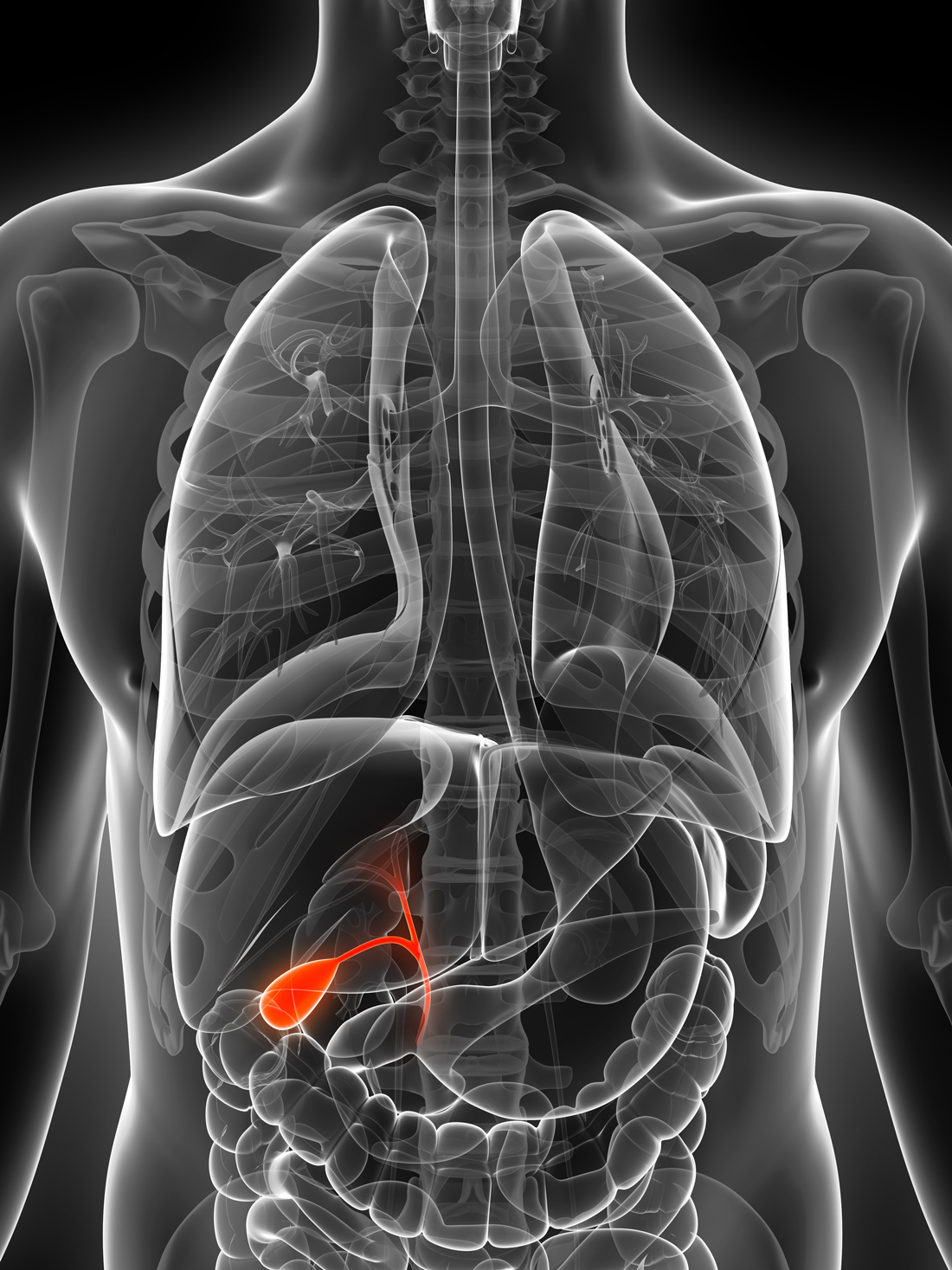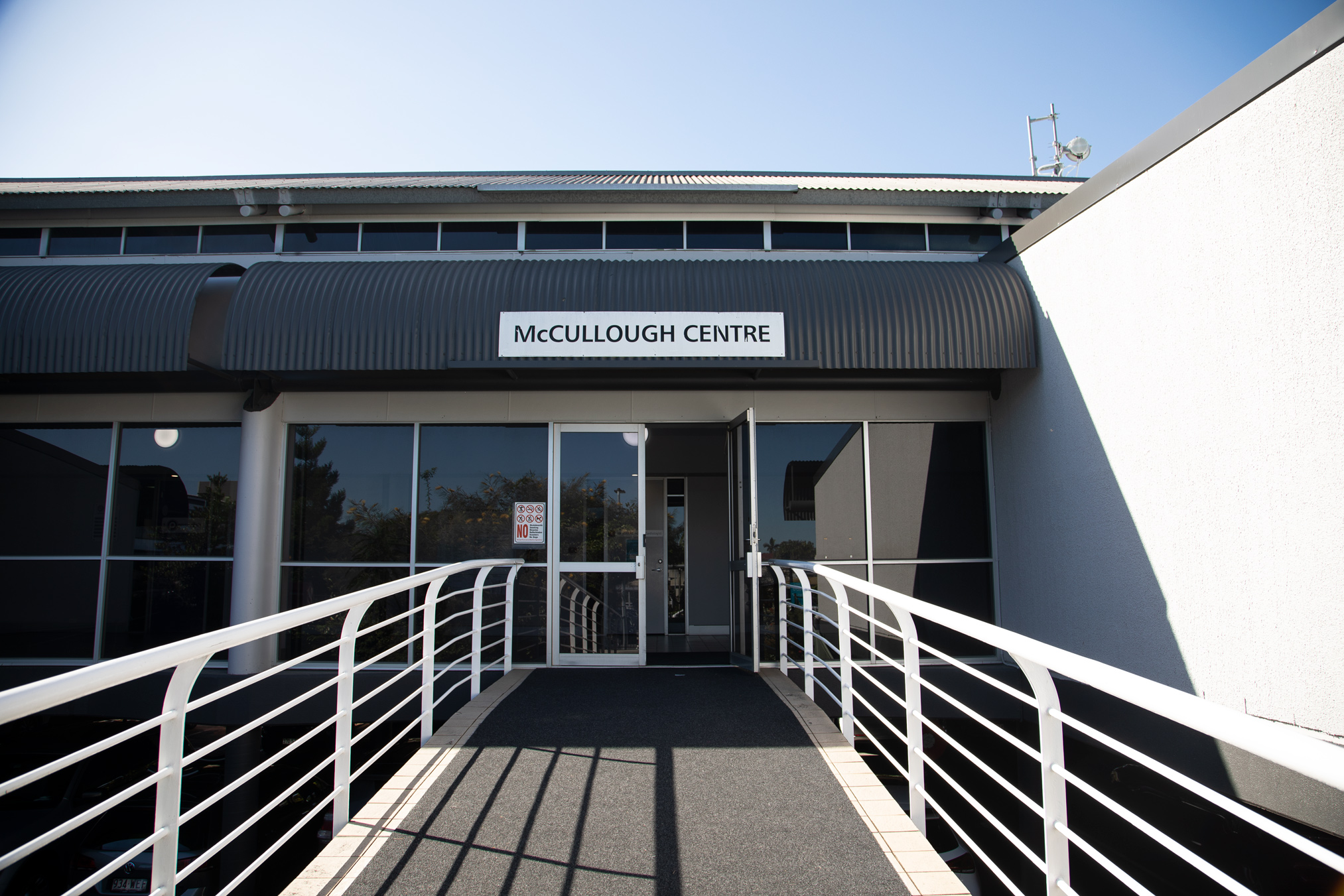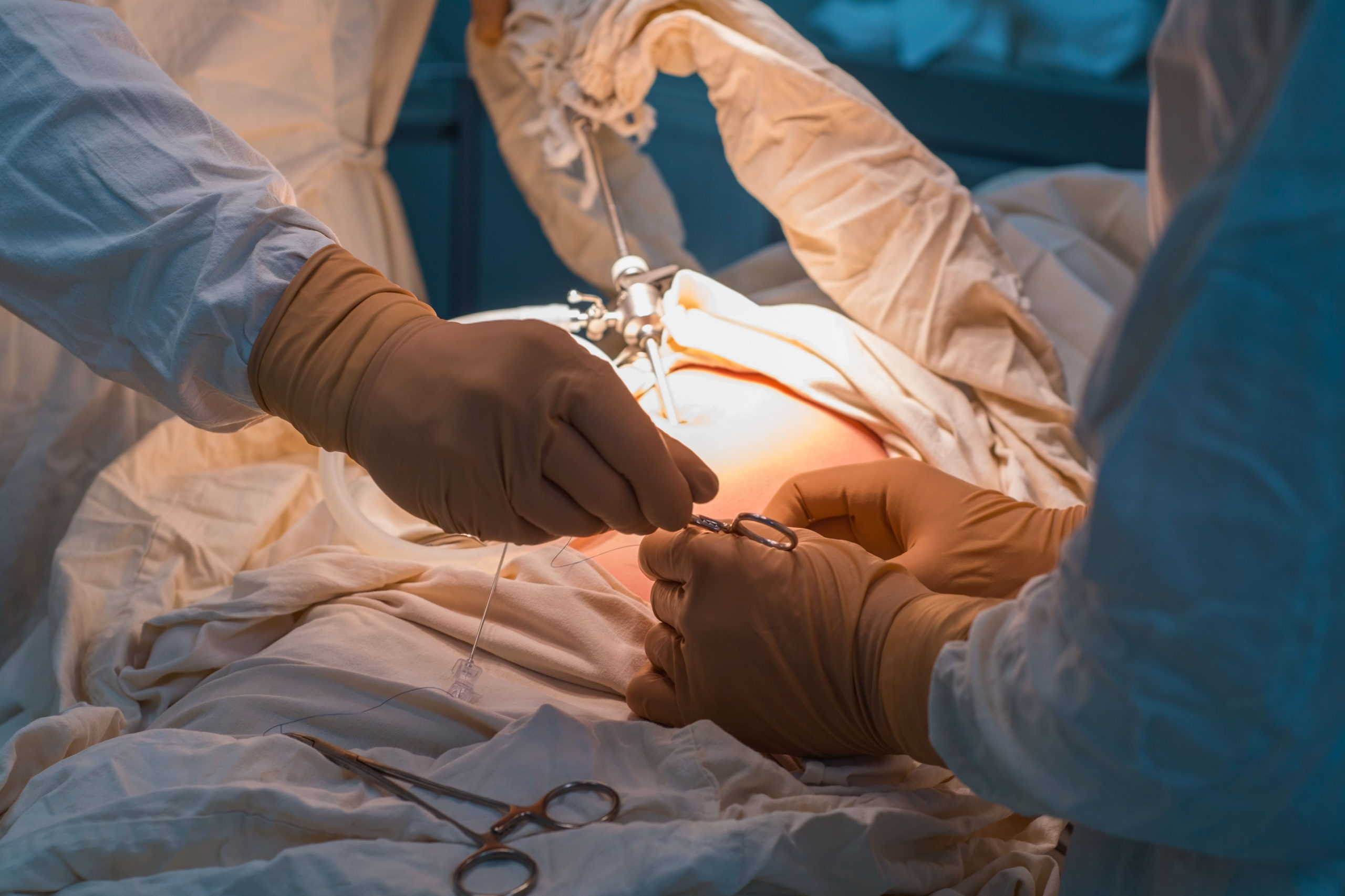Cholecystitis is inflammation of the gallbladder which occurs in approximately 20% of patients with gallstones (biliary colic) if they are left untreated. In most cases, cholecystitis is caused by gallstones that block the tube (cystic duct) leading out of your gallbladder. This results in a buildup of bile that can cause inflammation. Other causes of cholecystitis include bile duct problems and tumors.
If left untreated, cholecystitis can lead to serious complications, such as a gallbladder that becomes enlarged or ruptures. Once diagnosed, cholecystitis requires a hospital stay and treatment with antibiotics and anti-inflammatory drugs. Treatment for cholecystitis eventually includes gallbladder removal using keyhole method (laparoscopic cholecystectomy).
Signs and Symptoms
Cholecystitis signs and symptoms usually occur after a meal, particularly a large meal or a meal high in fat and may include:
- Pain in the upper right upper quadrant of abdomen
- Pain radiating your right shoulder or back
- Sweating
- Nausea
- Vomiting
- Fever
- Tenderness over your abdomen when it’s touchedAbdominal bloatingChills
- Palapable gallbladder (~30%)
- Jaundice (<15%)
Causes
Cholecystitis occurs when your gallbladder becomes inflamed. Gallbladder inflammation can be caused by:
- Gallstones – The vast majority of cholecystitis cases are the result of gallstones that block the cystic duct — the tube through which bile flows when it leaves the gallbladder — causing bile to build up and resulting in gallbladder inflammation.
- Tumor – A tumor may prevent bile from draining out of your gallbladder properly, causing bile buildup that can lead to cholecystitis (rare).



